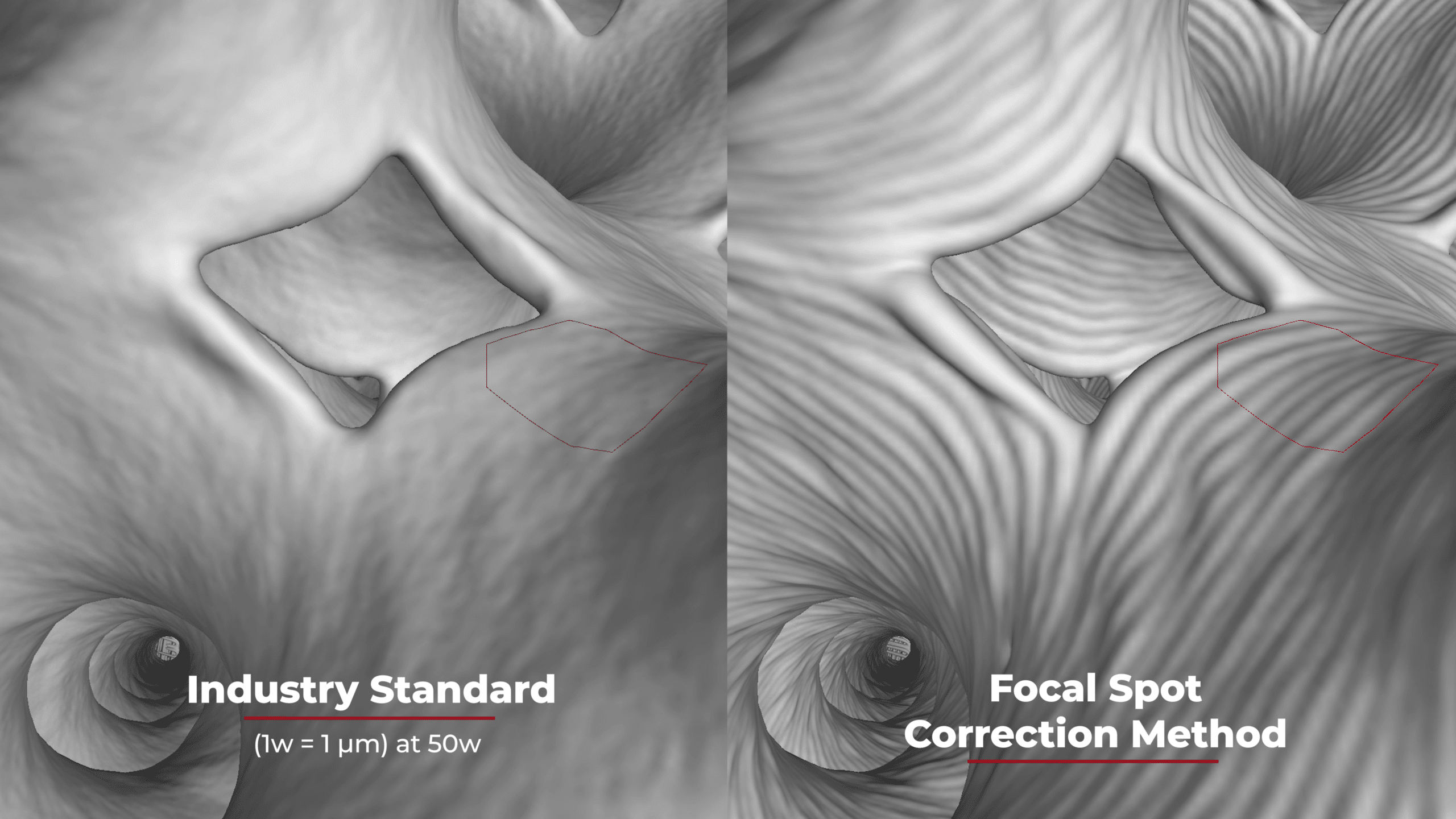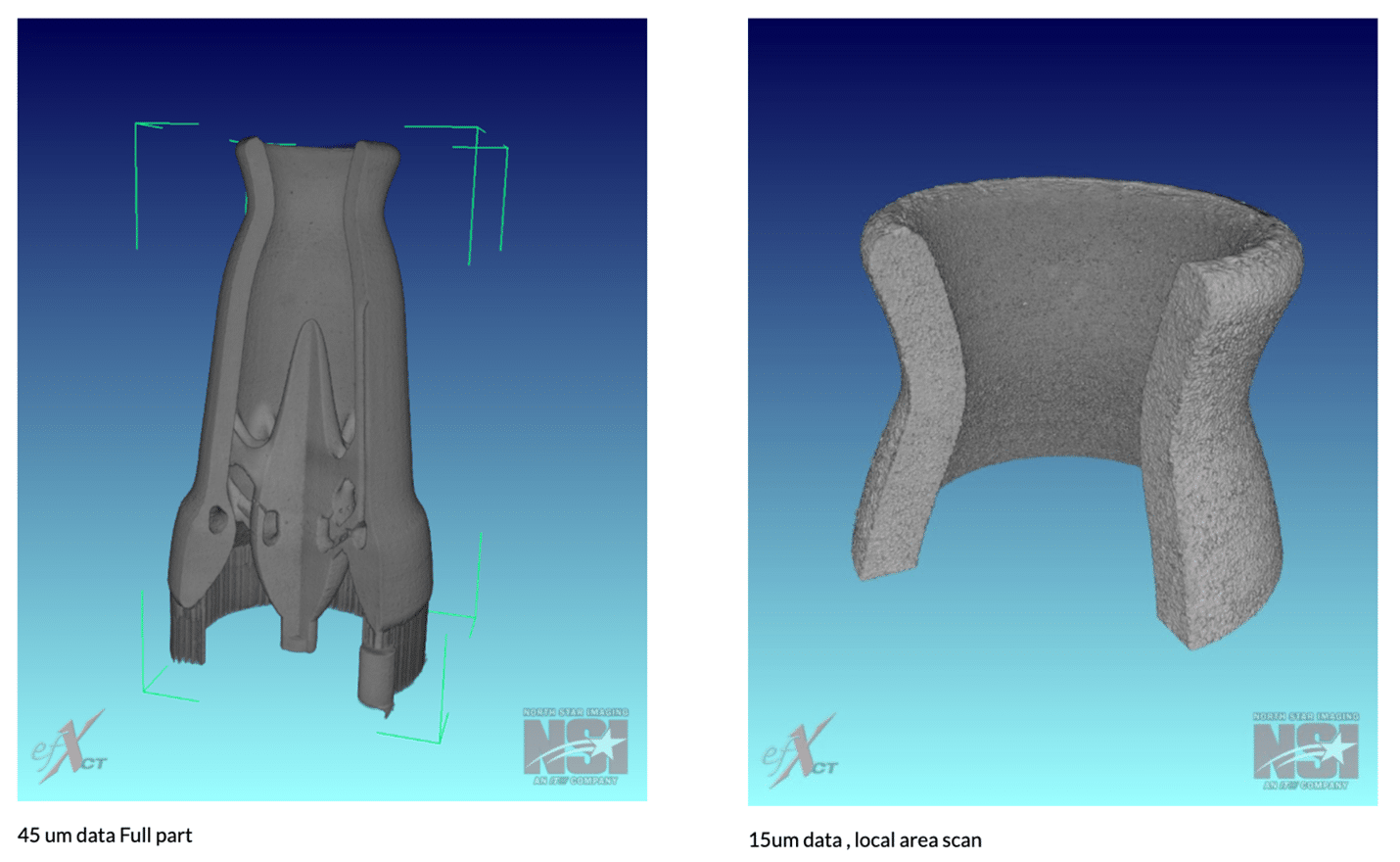The DICONDE Standard
ASTM1 defines DICONDE as “Digital Imaging and Communication in Nondestructive Evaluation”, and it is a standard for handling, sharing, storing and transmitting information between DICONDE compliant systems.
The ASTM DICONDE committee (E07.11) was formed in 1999 to put a NDT standard (DICONDE2) that is based on the medical (DICOM3 ) standard.

WHAT BENEFITS DOES THE DICONDE STANDARD OFFER?
- Long term Storage and retrieval – The standard is always backwards compatible, so for example many years from now, customers can use DICONDE compliant software to open old DICONDE images (time independence).
- Search for Images and studies by:
- Part information
- Technique information
- User information
- Image status (accept / reject)
- Security – authentication is required when communicating over network between DICONDE compliant software.
- Data integrity – Pixel data never changes, only overlays may be altered.
- Interoperability – Compatibility between vendors:
- Vendor independence – Replacing vendors that go out of business becomes less complicated when old images are compatible with new vendors.
- Multi-vendor imaging chain
WHAT PROPERTIES CAN BE INTEROPERABLE (COMPATIBLE BETWEEN VENDORS)?
1. How metadata is organized in the file – metadata interoperability
The building blocks of any DICONDE object / image are listed below:
- Tag – an identifier to a property of the file (e.g.: tag 0010,0010 identifies “Component Name”)
- Attribute – Basic Element of a DICONDE object, it contains a tag and its value(s). (e.g.: tag 0010:0010 has a value of “Part ABC”)
- Module – is a collection of related attributes. (e.g.: “Component Module” is a list of attributes to describe “Part ABC”).
- IOD (Information Object Definition) – is a collection of related modules that describes a method of Acquisition like CT4, DR5, CR6(e.g.: DR IOD is a collection of modules that describe the component, detector, indication, geometry, etc..)
2. How component information is visually organized – Data Hierarchy Interoperability
- Data hierarchy is visualized the same on any DICONDE compliant software.
- Data hierarchy in DICONDE is set by the standard as shown below (on the left is how the standard defines the hierarchy and on the right is an example on how it may be implemented in a casting house)

- Data hierarchy is independent from how the files are stored on disk because all information needed to recreate the hierarchy already exists in the metadata of the files themselves (This is one of the big differences with other formats like tiff for instance, where a file by itself doesn’t contain the information needed to insert itself in a data structure).
3. How Images and overlays are displayed – Presentation States Interoperability
- DICONDE maintains one image data with multiple viewing conditions so as to protect the original data and avoids duplication of images.

- What properties are interoperable (compatible) between DICONDE compliant viewers?
- Annotations – Text, Arrow, DOT, Circle, Ellipse, Polyline, Interpolated curve
- Zoom-level / Image position / rotation
- Color Tables
- Window / Level
4. How to ensure consistency of Display – Grayscale Standard Display Function (GSDF)
- This Standard (GSDF DICOM 3.14) ensures visual consistency across multiple display devices by specifying a mapping between grayscale images and luminance values.
- It is much easier to see small changes in Luminance in the bright areas of the image than in the dark areas because the human eye is relatively less sensitive in the dark areas than it is in the bright areas of an image as shown in the graph below.

- Any compliant system automatically adjusts the brightness of the monitor in relation to the surrounding ambient light such that equal changes in Pixel values will result in the same level of perceptibility at all driving levels thus ensuring consistency of perceptibility across multiple monitors and in different lighting conditions.
5. How multiple DICONDE systems Communicate over network – Communication interoperability
- There are two configuration Roles for any point to point communication: Server, Client where each may be from a different vendor.

- Communication over network between two DICONDE systems happens through four simple commands:

- Benefits of the network communication protocol:
- Searchability – allows vendors to search each other’s databases.
- Security – authentication is required before information is transmitted.
- Protection – files are kept hidden from users, for data security and protection against accidental deletion.
HOW TO CHECK FOR DICONDE COMPLIANCE
- Conformance Statements – It is a standard document published by each compliant vendor detailing how they conform to the DICONDE standard and what parts of the standard are supported.
NSI Conformance statement: efX Software DICONDE Conformance Statement.pdf
- DVTK (DICOM Validation Tool Kit)
- An Open Source independent project to test, verify and validate DICOM/DICONDE files and network communication to and from a DICOM/DICONDE system.
- Download DVTK (with instruction) from ASTM website: http://www.astm.org/COMMIT/DICONDE_Information.htm
- ASTM interoperability task group(AC15 E07.11)
- Meets semi-annually to promote standards to verify and validate interoperability between vendors.
- There is at least one test session where participating vendors get together and test DICONDE file exchange and network communication protocol between them at the ASTM semi-annual meeting.
- North Star Imaging has been consistently successful at communicating through DICOM/DICONDE network protocol and DICOM/DICONDE file exchange with every participating vendor in recent sessions which highlights NSI ability to import, export, search, be searched by other vendors and exchange information whether it is images or presentation states with all compliant vendors in the NDT market place.
CONCLUSION
The DICONDE standard aims to help users review, store, search, archive and retrieve their data transparently and consistently between compliant vendors over time with ease and reliability. The key to utilizing the standard in the most efficient way is to select the parts of the standard that applies or will apply to the organization and verify / validate that those parts are supported by all vendors in the organization imaging chain.
REFERENCES
[1] ASTM – American Society for Testing and Materials, https://www.astm.org/
[2] ASTM E2339-15 Standard Practice for Digital Imaging and Communication in Nondestructive Evaluation (DICONDE), http://www.astm.org/Standards/E2339.htm
[3] NEMA DICOM PS3.1 2016e Digital Imaging and Communication in Medicine (DICOM), http://dicom.nema.org/standard.html
[4] ASTM E2767-13 Standard Practice for Digital Imaging and Communication in Nondestructive Evaluation (DICONDE) for X-ray Computed Tomography (CT) Test Methods, http://www.astm.org/Standards/E2767.htm
[5] ASTM E2699-13 Standard Practice for Digital Imaging and Communication in Nondestructive Evaluation (DICONDE) for Digital Radiographic (DR) Test Methods, http://www.astm.org/Standards/E2699.htm
[6] ASTM E2738-13e1 Standard Practice for Digital Imaging and Communication Nondestructive Evaluation (DICONDE) for Computed Radiography (CR) Test Methods, http://www.astm.org/Standards/E2738.htm


